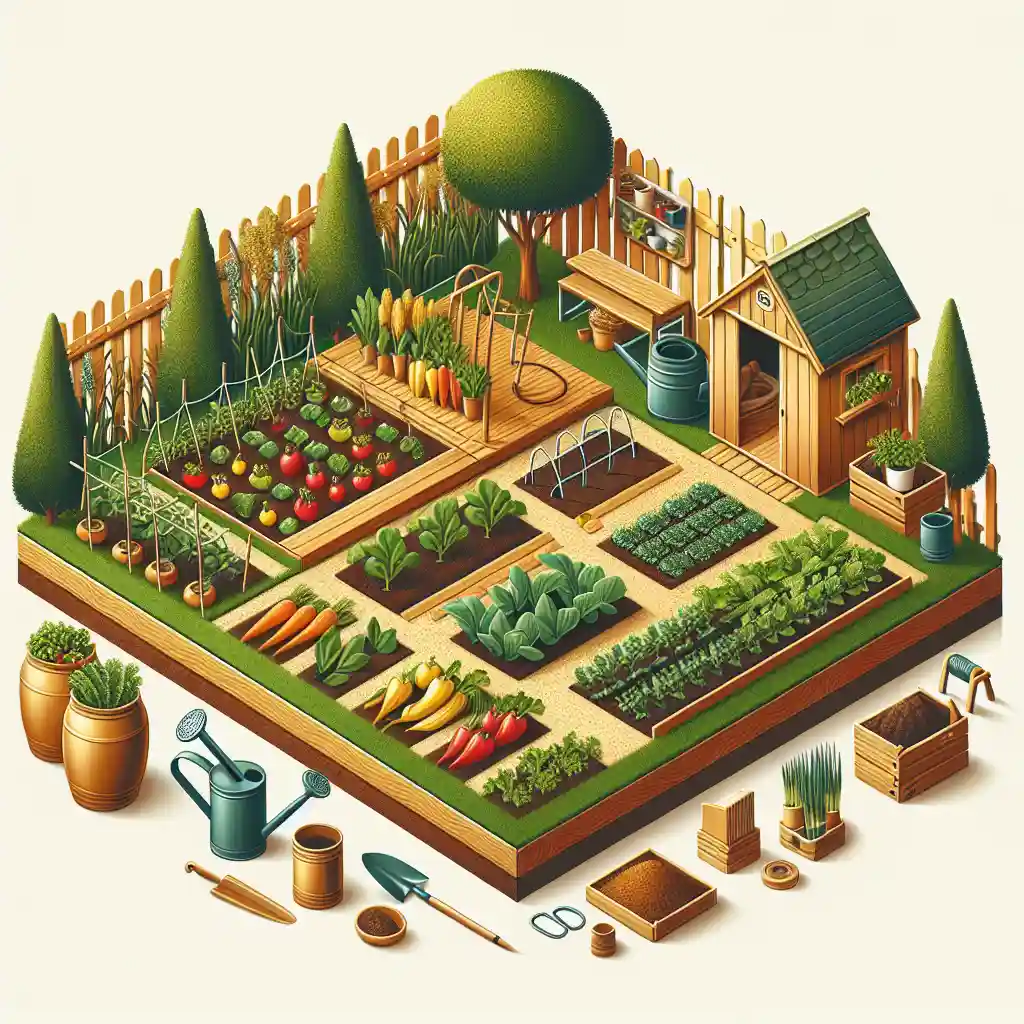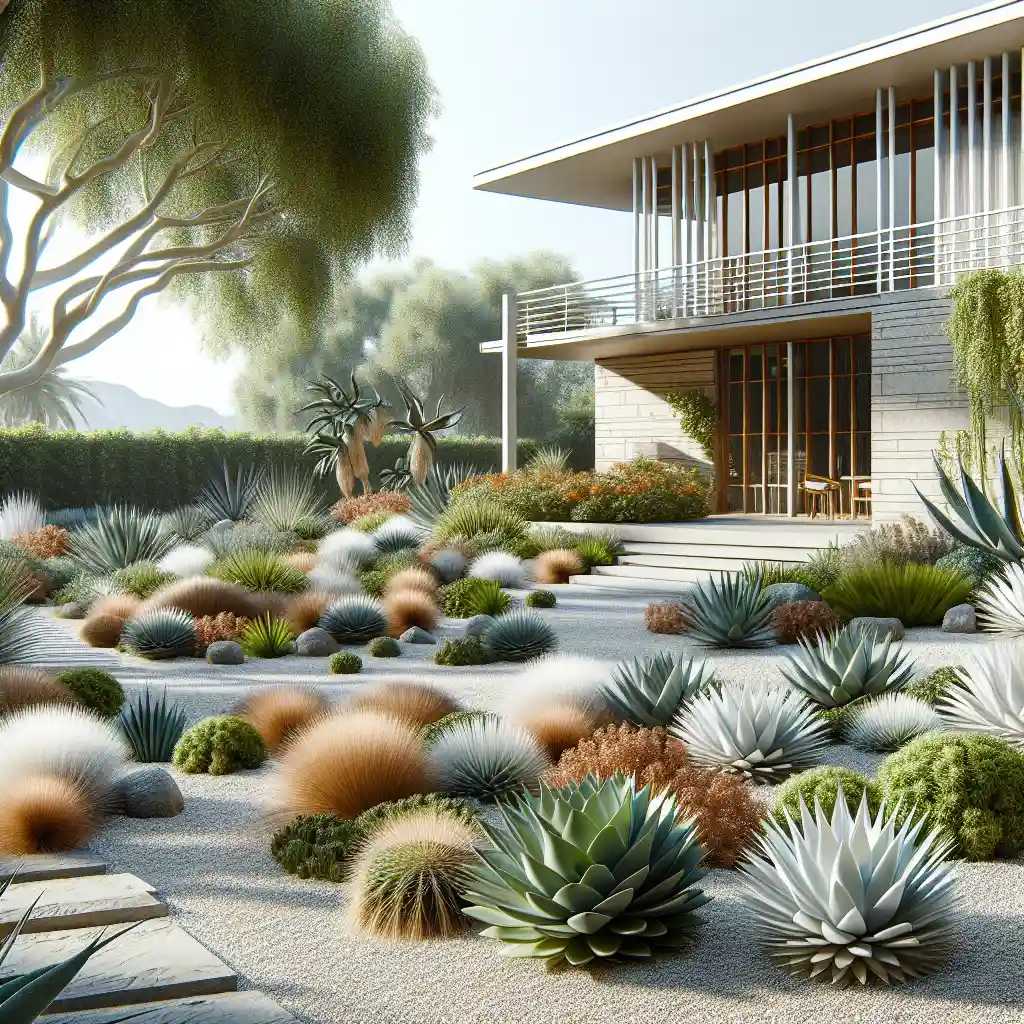Sustainable Gardening: Tips for Eco-Friendly and Resourceful Practices
In this blog post, we will explore various eco-friendly and resourceful practices in sustainable gardening. We will discuss techniques and tips to help you create an environmentally friendly garden while conserving resources effectively.

Implementing Water-Saving Techniques
One of the key aspects of sustainable gardening is utilizing water-saving techniques. Consider installing a rainwater harvesting system to collect rainwater for irrigation purposes. Additionally, using mulch in your garden can help retain moisture in the soil, reducing the need for frequent watering. By incorporating these practices, you can conserve water and create a more sustainable garden environment.
Embracing Organic Pest Control Methods
When it comes to maintaining a sustainable garden, it is essential to prioritize organic pest control methods. Avoid using harmful synthetic pesticides that can harm beneficial insects and pollinators. Instead, opt for natural alternatives such as neem oil, diatomaceous earth, or companion planting to deter pests effectively. By embracing organic pest control methods, you can protect the ecosystem in your garden while promoting biodiversity.
Enhancing Soil Health Naturally
Healthy soil is the foundation of a thriving garden ecosystem. Instead of relying on chemical fertilizers, focus on enhancing soil health naturally. Compost kitchen scraps and yard waste to create nutrient-rich compost for your garden beds. Consider planting cover crops to improve soil structure and fertility. By nurturing your soil organically, you can support plant growth and minimize the need for synthetic additives.
Creating Habitat for Beneficial Wildlife
Another sustainable gardening practice is creating a habitat for beneficial wildlife in your garden. Encourage pollinators like bees and butterflies by planting native flowers and providing shelter such as bee hotels. Install bird feeders and bird baths to attract beneficial birds that can help control pest populations. By welcoming diverse wildlife into your garden, you can establish a balanced ecosystem that supports plant growth naturally.
Incorporating Permaculture Principles
Permaculture offers a holistic approach to sustainable gardening by mimicking natural ecosystems and maximizing resource efficiency. Design your garden using permaculture principles such as companion planting, polycultures, and perennial crops. Create a self-sustaining garden system where plants work together to enhance soil fertility and pest resistance. By incorporating permaculture techniques, you can create a resilient and productive garden that benefits both the environment and your harvest.
Practicing Seasonal Planting and Crop Rotation
To maintain a sustainable garden year after year, practice seasonal planting and crop rotation. By rotating crops annually, you can prevent soil depletion and minimize pest outbreaks. Plan your garden layout based on seasonal planting calendars to optimize plant growth and yield. Rotate nitrogen-fixing legumes with heavy feeders to naturally replenish soil nutrients. By following a strategic planting schedule, you can promote soil health and maximize the productivity of your garden.
By incorporating these eco-friendly and resourceful practices into your gardening routine, you can create a sustainable garden that thrives while minimizing environmental impact. Embrace sustainable garden techniques to conserve resources, support biodiversity, and cultivate a healthy ecosystem in your own backyard.


















